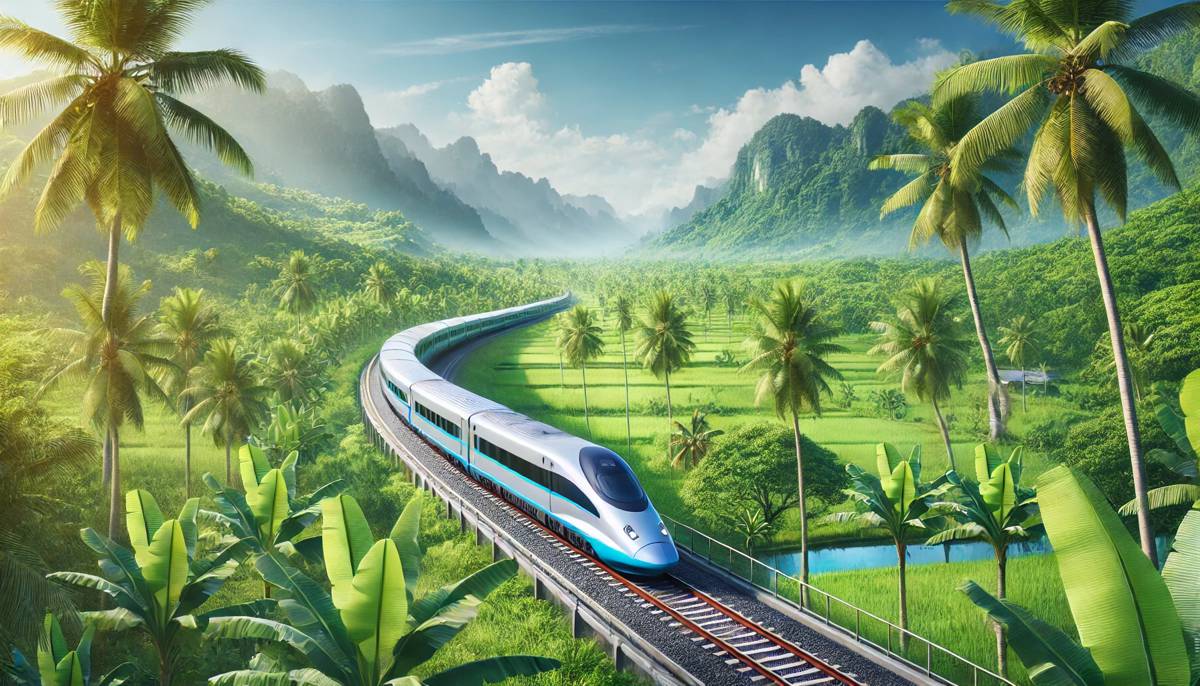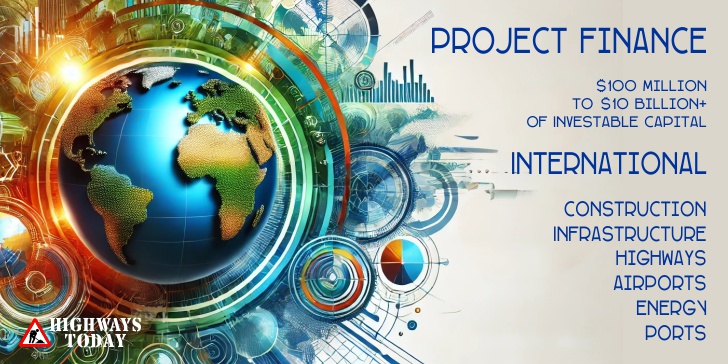Philippines Eyes PPP Project Finance for Mindanao Railway Project
The Mindanao Railway Project (MRP), a long-envisioned endeavour to transform transportation in the Philippines, has taken a new turn.
With financing from the Chinese government falling through, the Department of Transportation (DoTr) is now actively considering a Public-Private Partnership (PPP) to bring the ambitious project to life.
The stakes are high, the vision is grand, and the global interest in the project underscores its transformative potential.
The Mindanao Railway Project
Spanning 2,278 kilometres (1,415 miles) across Mindanao, the MRP promises to be a game-changer for one of the Philippines’ largest islands. Planned in ten meticulously crafted phases, the railway aims to connect key urban and rural areas, accelerating economic development and improving accessibility for millions.
The project’s initial phase is set to stretch between Tagum in Davao del Norte and Digos City in Davao del Sur. This 102-kilometre segment, estimated at PHP 83 billion (US$ 1.4 billion), is expected to reduce travel time from three hours to just one. Even more impressively, it’s projected to transport 122,000 passengers daily once operational—a clear indication of its potential to reshape mobility in Mindanao.
But the project’s benefits extend beyond convenience. By linking economic hubs, the MRP is poised to drive regional development, enhance trade, and create employment opportunities. If successful, it will serve as a vital artery for Mindanao’s economy, connecting people and goods like never before.
Enter the Public-Private Partnership
The PPP model is now at the forefront of discussions, following the Chinese government’s withdrawal from the financing agreement. While initially a setback, this shift could open new doors for innovation and efficiency, with private-sector expertise driving the project’s design, construction, and management.
Several international players have already expressed project finance interest. Notably, two South Korean firms and a Japanese company have shown enthusiasm for partnering on the project. Their involvement could bring world-class engineering and technology to the table, ensuring the railway system is not only functional but future-proof.
PPP arrangements often come with their own set of challenges, including complex negotiations and risk-sharing dynamics. However, they also bring benefits like reduced public expenditure, faster project timelines, and improved accountability.
For the Philippines, this could be an opportunity to leverage global best practices while keeping the project aligned with local needs.
Global Trends in Railway Development
The Philippines is not alone in turning to PPPs for large-scale railway projects. Around the world, public-private collaborations have proven successful in delivering transformative infrastructure.
- India’s Delhi Metro: A shining example of how PPPs can deliver efficient urban transport solutions.
- United Kingdom’s Crossrail (Elizabeth Line): A testament to the potential of leveraging private expertise for complex engineering challenges.
- Indonesia’s Jakarta-Bandung High-Speed Rail: Highlights the role of international partnerships in railway innovation.
For Mindanao, these global case studies offer valuable lessons. The key will be in structuring a PPP agreement that ensures the interests of all stakeholders—public and private—are aligned for mutual success.
Opportunities and Challenges Ahead
Implementing a project of this scale is no small feat. Challenges such as land acquisition, environmental impact assessments, and community consultations will need to be navigated carefully. The success of the MRP hinges on balancing the need for rapid development with the imperative to protect Mindanao’s rich biodiversity and cultural heritage.
That said, the opportunities far outweigh the obstacles. By fostering collaboration between local and international players, the MRP can become a showcase for sustainable infrastructure development. Advanced technologies, such as predictive maintenance systems and energy-efficient train designs, could be integrated to ensure long-term sustainability.
Moreover, the railway’s potential to create jobs—both during construction and operation—cannot be overstated. From engineers and technicians to station staff and service providers, the ripple effects on local economies will be profound.
Fast-Tracking the Future
As the DoTr evaluates the PPP framework, stakeholders are cautiously optimistic. This pivot could inject new life into the Mindanao Railway Project, positioning it as a beacon of progress for the Philippines.
With international interest heating up, the stage is set for bold moves and innovative solutions. The MRP’s journey from blueprint to reality will undoubtedly be closely watched, both at home and abroad. If successful, it will serve as a powerful reminder that with vision, collaboration, and determination, even the most ambitious dreams can be realised.





















